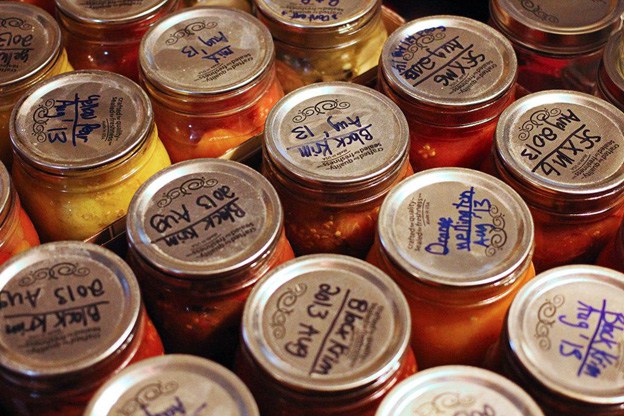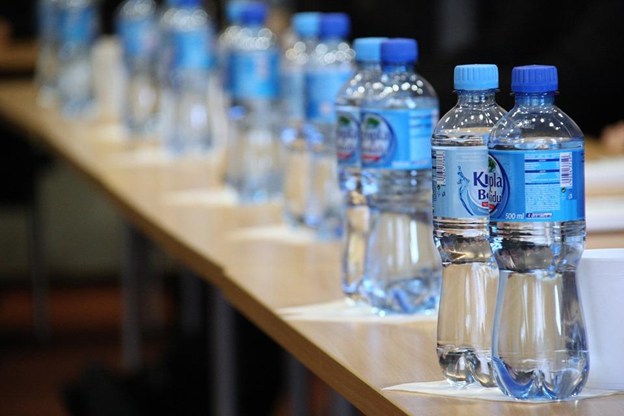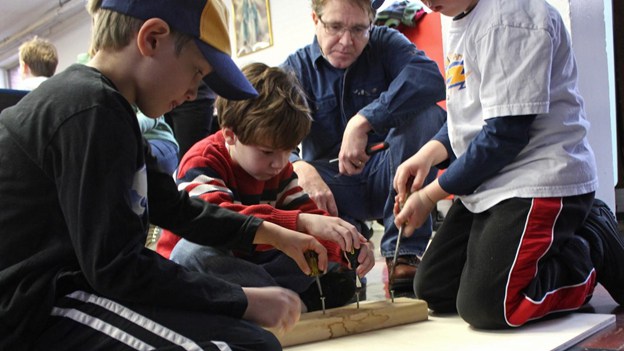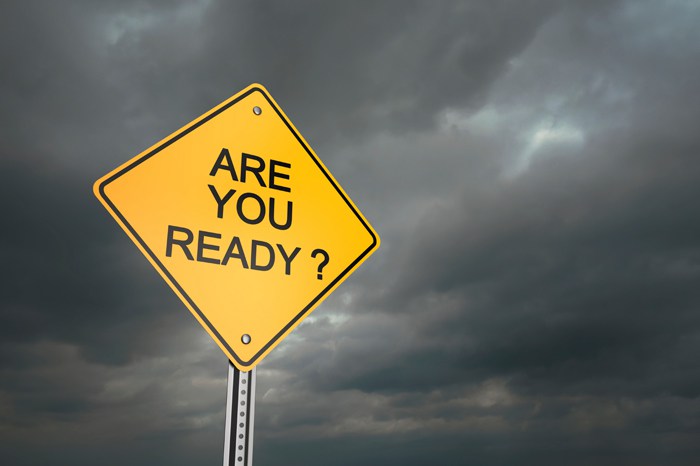
There is one critical question that you need to ask yourself more often but don’t: Am I ready for the next big disaster? All too often, you get so engrossed with the clamor of daily life that you forget the possibilities that may happen when a normal day suddenly takes a different turn. What if a natural disaster like flood, tsunami or earthquake strikes your city? What if a grave emergency comes up? Can you rise to the challenge when your safety is on the line? What about your family? Are they aware of the important things to prepare in case of a disaster? Are they well-informed about what to do when confronted with a life-and-death situation?
“I don’t know.” That is likely what you’ll hear when you ask the average person these important questions. “I don’t have time to think of all those things. I don’t have time to prepare.” People won’t recognize an impending hazard until it’s staring them right in the face. They believe that they can get away with anything because a special force will somehow help them. Disasters and tragedies only happen to others, they would argue. But the thing is, disasters don’t choose their victims. They recognize no power and wreck everything in their way. So, if you’re a wise and responsible adult, you will start planning ways to provide safety for your family while you still can.
There are at least three levels of disaster preparedness that you need to focus on before you can be confident about your chances of survival against disasters and natural calamities. Here is a guide to help you go through them one by one.
FIRST LEVEL: Preparing your physical resources
The most basic way to prepare for a disaster is to ready your physical stock. The three most essential resources that you need to survive are food, water, and an emergency kit. Your supplies should last for at least 72 hours.
1. Food: The Whats and Hows of Stockpiling Food
It is important to have a sufficient supply of survival food for disasters because you just don’t know when help will arrive and when your situation will be stabilized. Make sure to have the following ready.
Photo courtesy of Andres Rodriguez via Flickr
What food to store – When storing emergency food, you need to consider the best survival food kits for disasters. Canned goods are ideal because they have a long storage life. Store food that can be consumed without cooking. Those that don’t need to be refrigerated are preferred. Depending on the type of disaster that may strike your neighborhood, your supply of electricity may be disconnected so consider this possibility, too. Also, don’t forget to store food for the members of your family that are on a special diet. If you have pets, include them on the count. The types of food you store are important, too. Steer clear of salty and spicy food since those can make you thirsty, and water is a precious commodity during these times.
How to store your food – When you have your pile of emergency food ready, it’s now just a matter storing them. Canned goods typically last for two years, but it’s still good practice to keep track of their expiration date just in case. Spoiled, poisonous food on critical situations is the last thing you need. All food items should be stored in boxes, paper cartons, and airtight containers to preserve their freshness. Store all food supplies in a cool and dry place away from sunlight.
2. Water: Your Ticket to Survival
Water is the most important resource you’ll need in the event of a disaster because it is what will keep you alive. These are the two most important things you need to consider when storing water for emergencies.
Photo courtesy of PublicDomainPictures via Pixabay
Potable water supply – To survive a disaster, you need to have a sufficient supply of water that will last you three days at the least. If you can store a two-week supply, then better. Just remember to regularly check the date on store-bought water because those typically last for only six months. Change your supply every now and then to keep your stock fresh. Also, keep a bottle of unscented liquid household chlorine bleach to sterilize untreated water if no supply of potent water is immediately available.
Water containers – Your water containers should be sealed tightly so that no drop of water will be wasted. Remember, water is an important commodity that you shouldn’t take for granted, especially during tight situations. The best containers to store water are unopened plastic bottles because they don’t easily break unlike glass containers. When storing water, make sure that every container is labeled. Separate potable water from bathing water.
3. Emergency kit: What should be in the box
Photo courtesy of Jorge Franganillo via Flickr
Disasters usually strike from out of the blue, so being prepared all the time is crucial to survival. Always have disaster supply kits ready at home and in your car. The supplies in your car should last at least three days while those in your house or apartment should sustain you for at least a week. Gas, water, electricity, and communication lines may be out of service during a catastrophe so include basic items in your emergency kit that will address potential problems like these. Make sure to have a flashlight and a set of batteries, a fully charged spare phone with load, candles and matches, an electric light, and a fuel lamp. You just don’t know when these tools will come in handy.
SECOND LEVEL: Preparing your plan of action
Create a plan of action in advance and communicate it with your family members. A carefully outlined survival strategy can go a long way when disaster hits. Although there will be unforeseen events that can hinder you from carrying out some of these plans, it’s still comforting to have a ready list of measures to take. When outlining your strategies, make sure to get your family members on board.
1. Family: How to prep them
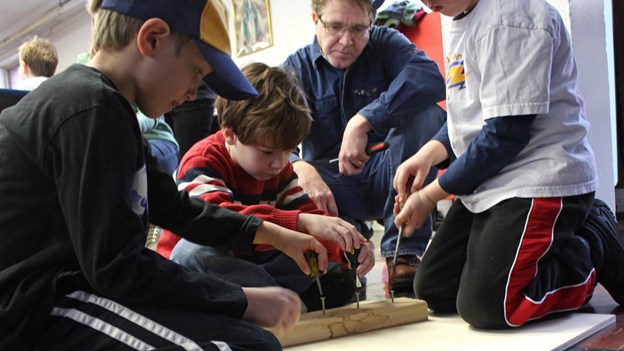
Photo courtesy of woodleywonderworks via Flickr
You should orient your family about the risks of certain disasters and the safety measures you can take as a family to thwart those risks when they’re preventable and to address them when they’re inevitable. Your kids, especially, should know how to prepare for disasters. Explain to them what disasters are without making them panic. Teach them how to call for help when there is an emergency, and train them to recognize danger signals. Don’t forget to always reassure them along the way.
2. Pets: What to do with them

Photo courtesy of JoeSang via Pixabay
When preparing for disasters and emergencies, don’t leave your pets behind. If you need to evacuate your home and you can’t take your pets with you, call your local veterinarian or the neighborhood kennel to take care of the pets. If these authority figures can’t be reached, prepare a list of pet-friendly places outside your neighborhood that can look after your pets while you’re away.
THIRD LEVEL: Preparing your family emotionally
To fully prepare for a disaster, you need to complete the last level, which involves your emotions. Ultimately, your survival won’t be determined by how much food or water you have, or by how ingenious your plan of action is. Ultimately, it’s about how you perceive your situation and how resilient you are in dealing with it. In the event of a disaster, it’s important to have the right blend of calm and panic so that you can act without over thinking. Be aware of your situation and your emotions. If you believe that you will survive and that you ought to survive, you will.
Don’t wait until it’s too late before you prepare for an emergency. You have the time now, so why not invest in the future safety of your family? I wish I had is never a great phrase. Do something now and prep your home so that you will be ready when the next catastrophe hits.


